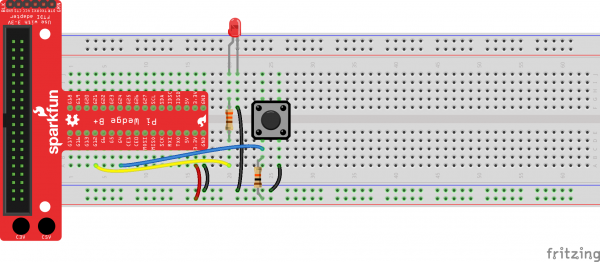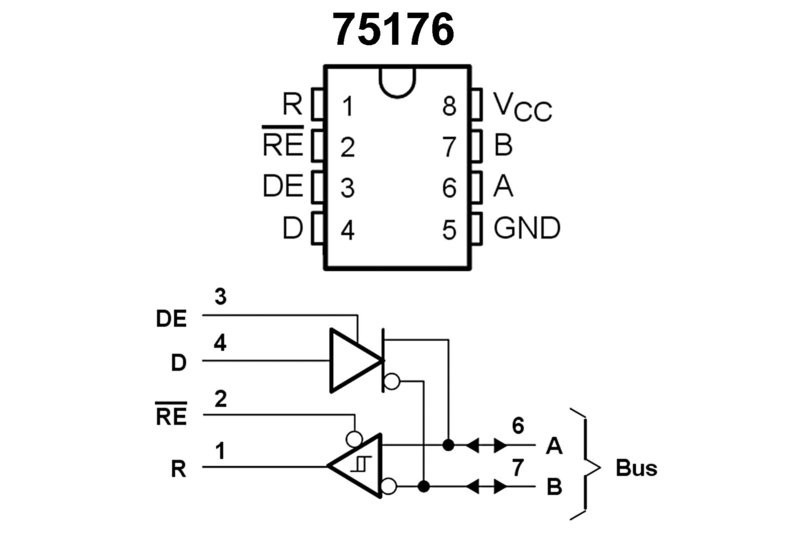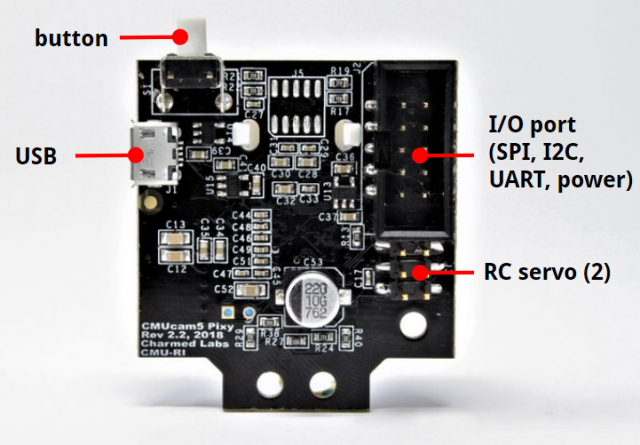

Have a look at this excellent arcticle and my answer to another question.ġ Usually a series resistor (in the range of 1.10 kOhm) between the GPIO output pin and the base of the transistor (supposedly connected somehow to the "IN" pin) would be the way to go. Connect this to the 5V rail of the Pi's GPIO connector. The pin labelled "VCC" reads "Operation VCC: This voltage is consistent with the operating voltage on the relay". No large currents here, nothing to worry. The pin labelled "GND" should be connected to the Pi (which is of course connected the the Pi's PSU and thus the PSU's GND). No additional components needed in connecting "IN" to a GPIO pin of the Pi 1. Setting the GPIO pin HIGH (and thus outputting a voltage greater than 1.2 V) will untrigger the relay. So pulling this pin low (think connecting to GND or setting an output GPIO pin to LOW) will trigger the relay. The pin labelled "IN" reads "This module is low-level trigger, the voltage value between 0-1.2V". Conclusion here: no additional diode is needed.


The board includes a transistor and a diode - and while it is impossible to tell from the image without looking at the wiring and/or schematics - it is reasonable to believe this is the freewheel diode you're refering to. They can't map an analog voltage from one max voltage to another.I am interpreting the picture of the printed circuit board of the relay module with accompanying notes as follows: Keep in mind that these level shifters are purely digital. Use as many of these channels as your project requires. Something sent in HV3 will be shifted down and sent out of LV3. The number at the end of each label designates the channel of the pin, and the HV or LV prefix determines whether it's on the high or low side of the channel.Ī low-voltage signal sent in to LV1, for example, will be shifted up to the higher voltage and sent out HV1. These pins are labeled HV1, LV1, HV2, LV2, HV3, LV3, HV4, and LV4. There are four separate data channels on the BD-LLC, each capable of shifting data to and from high and low voltages. For example, if you're interfacing from 5V to 3.3V, the voltage on the HV pin should be 5V, and the voltage on LV sould be 3.3V. The voltage supplied to the HV and GND inputs should be higher than that supplied to the LV side. Supplying a steady, regulated voltage to both of these inputs is required. The pins labeled HV, LV, and two GND's provide high and low voltage references to the board. Let's look closer at some of the pin groups: Voltage Inputs The pins are labeled on both the bottom and top sides of the board, and organized into groups.


 0 kommentar(er)
0 kommentar(er)
